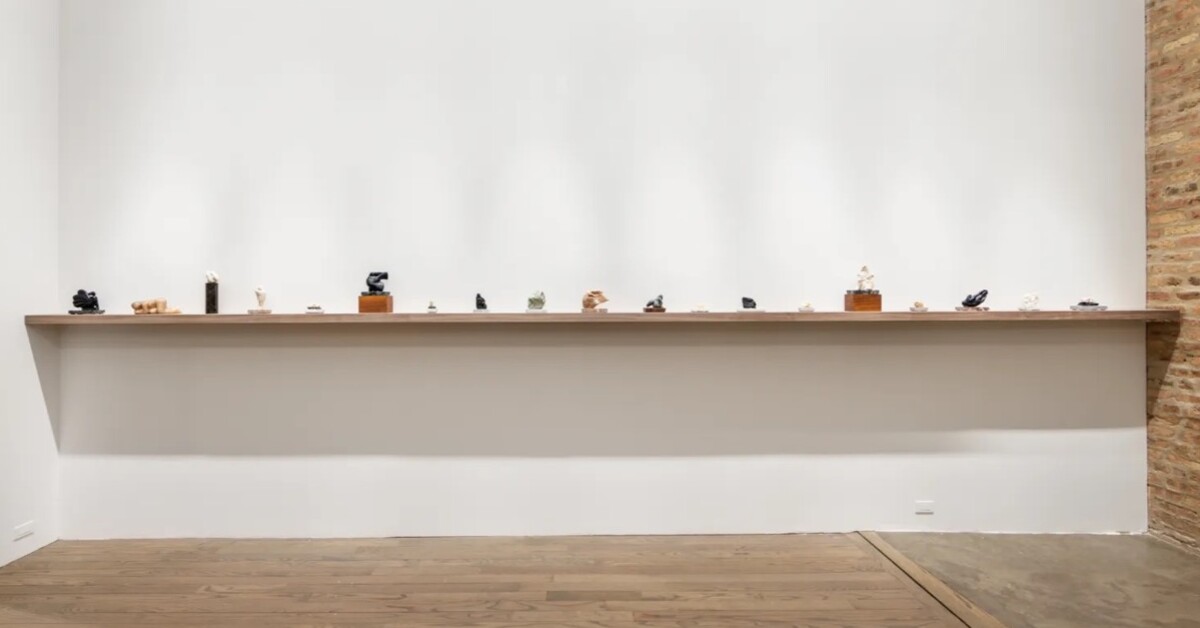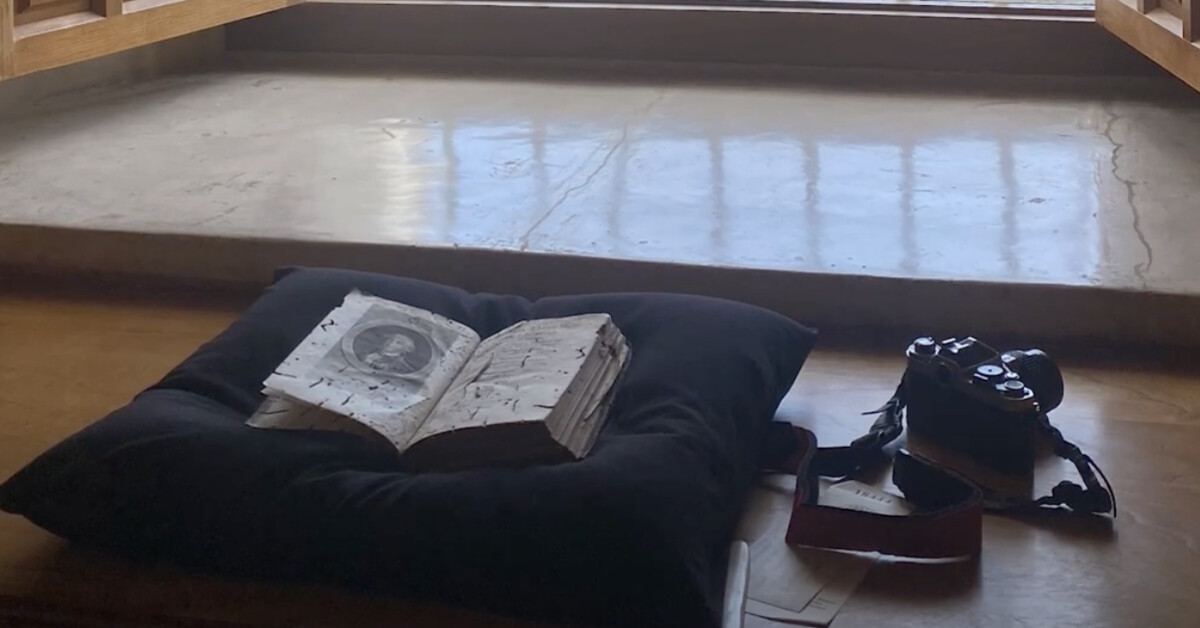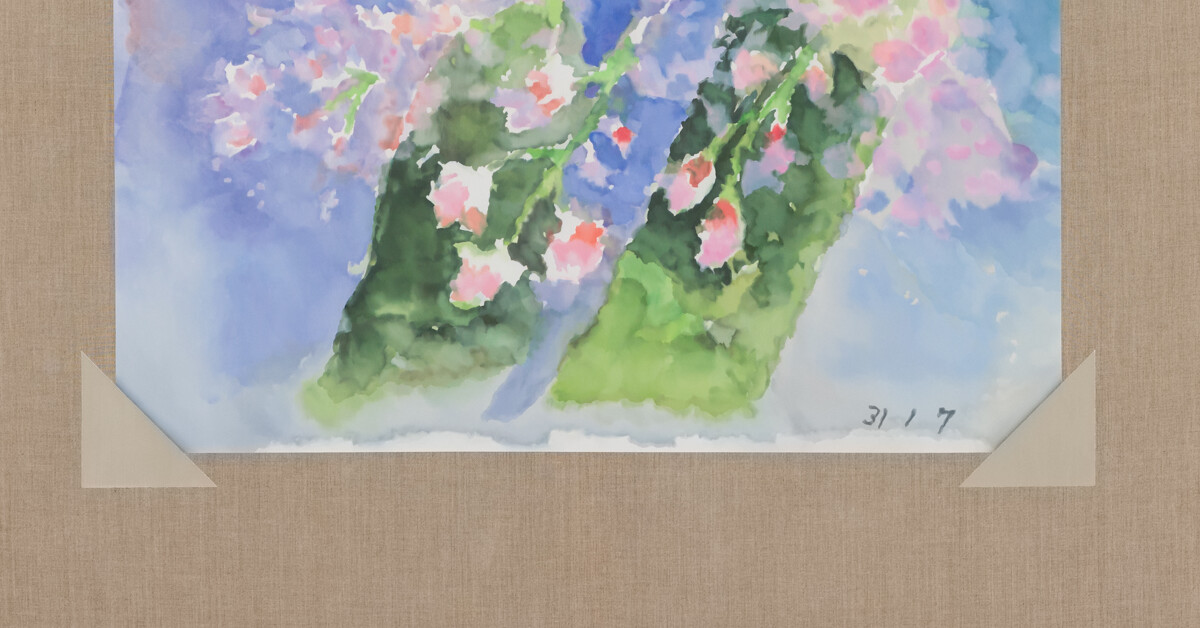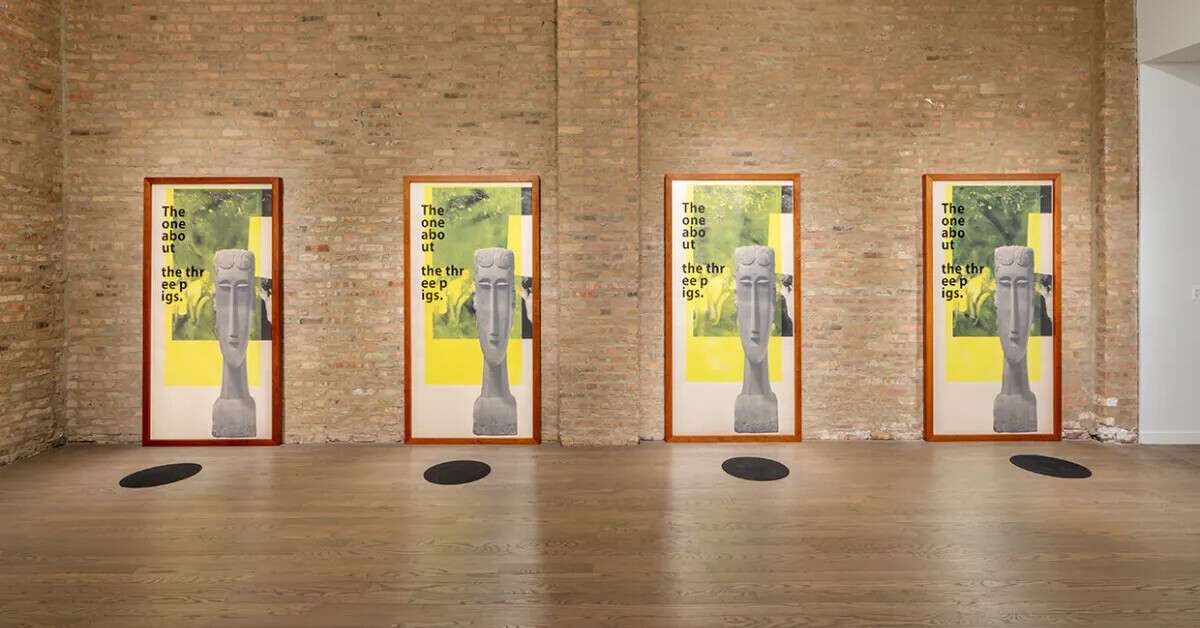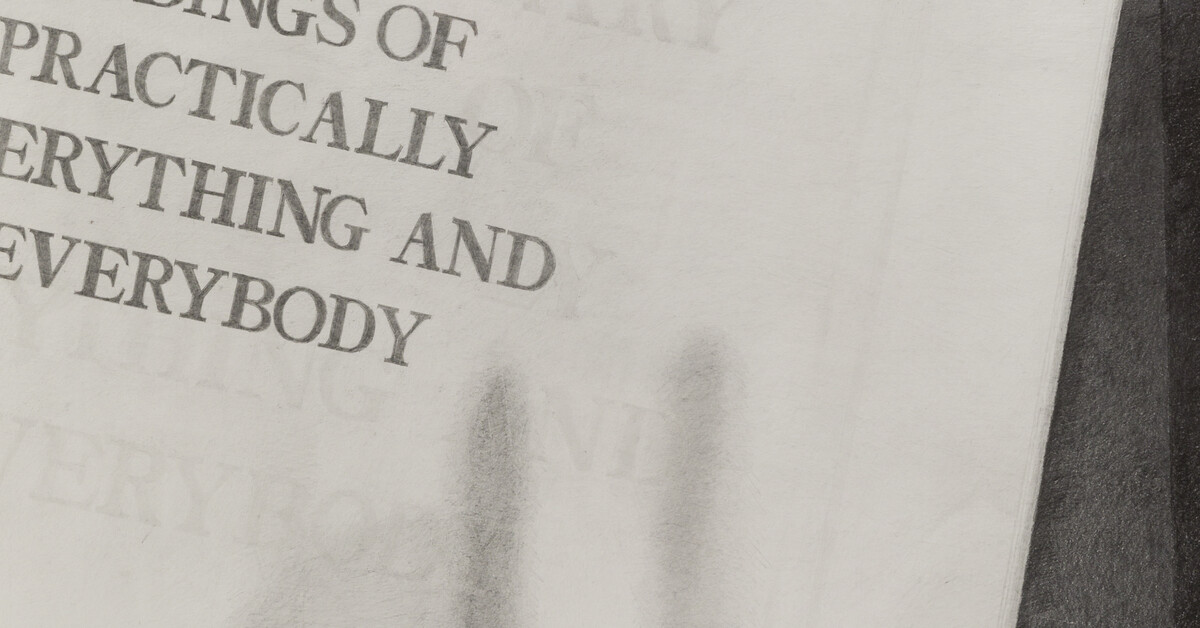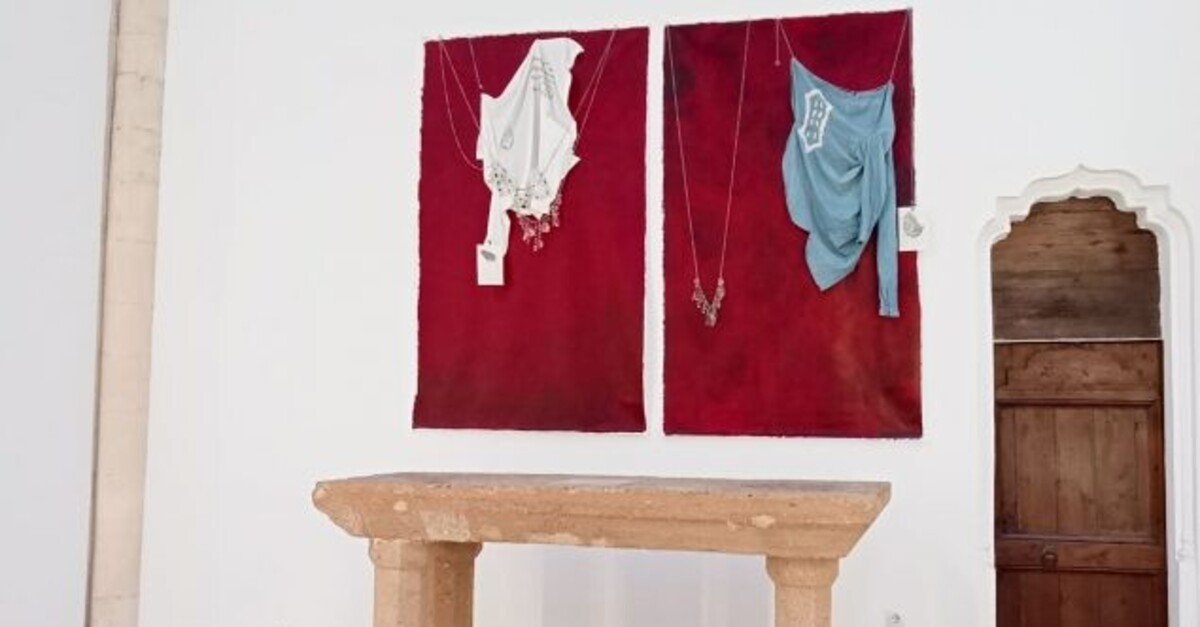one way to transform and two and three
Musée / Sep 18, 2023 / by Max Wiener / Go to Original
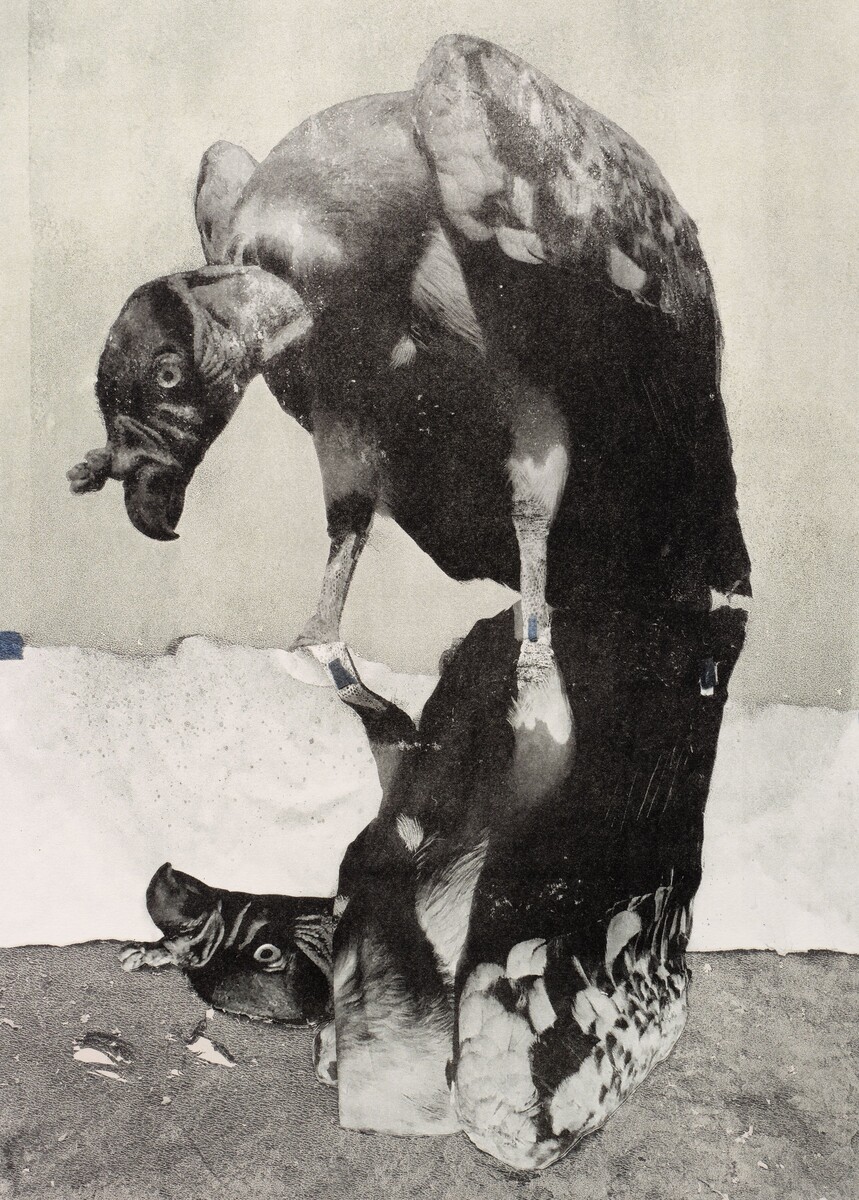
The life of the artist is that of a nomad. Some have remained geographically (and artistically) stagnant, but others, like Mendez, and constantly on the move, both in the world and in his own mind. His exhibition, titled one way to transform and two and three, proudly displayed on the walls of Chicago’s Patron Gallery, is directly affected by this constant motion. It’s a Vegas-style buffet for the artistic appreciator: delicately crafted works spanning across multiple mediums, each seemingly occupying a thematic oeuvre of their own. One could suggest that this stunning array of work is overwhelming, but Mendez’s carefully crafted eye makes it a feast for the eyes and the wandering soul. The series beautifully ushered in the end of summer on August 25th and runs throughout the thick of winter, closing on December 30th.
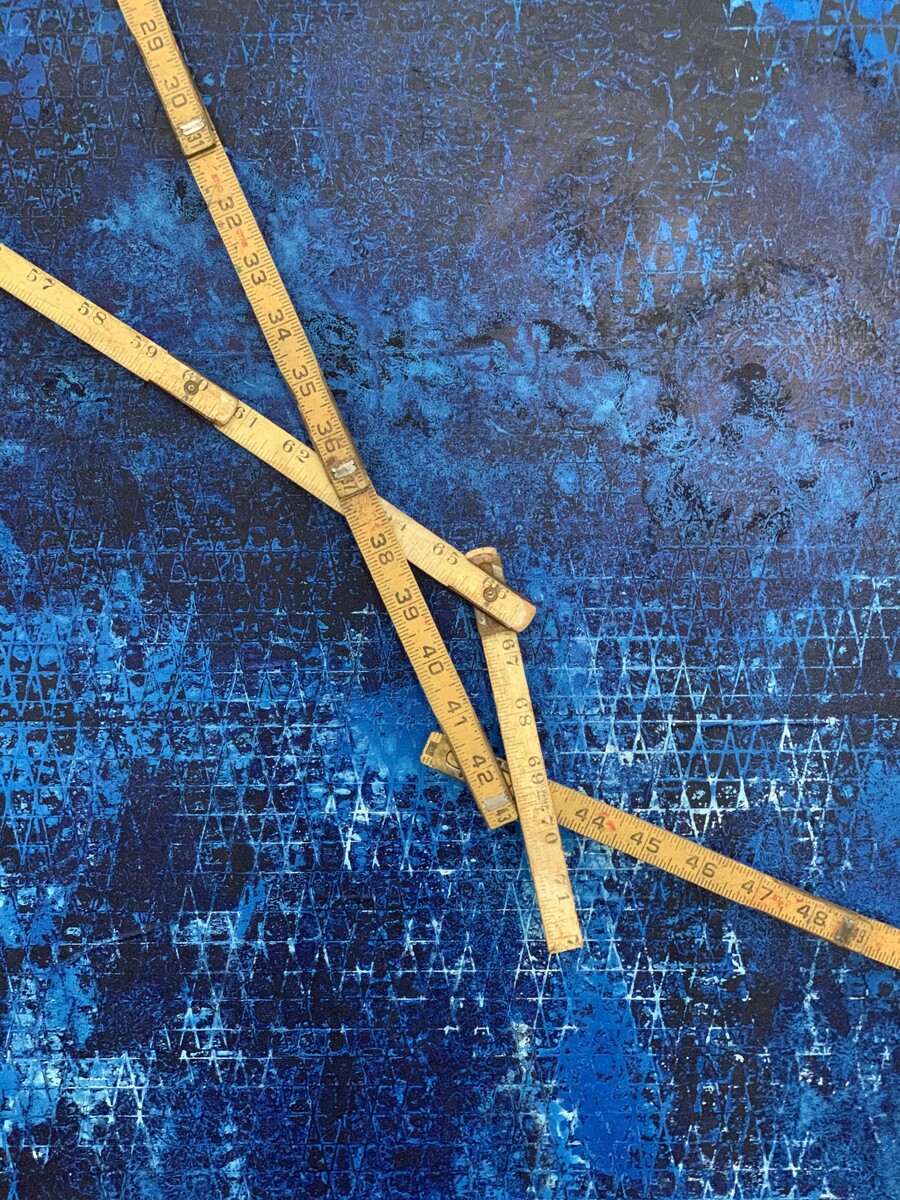
Such an exhibit truly shows the unmatched artisanry of Mendez’s work. Not only is he working with prints and paint, but this marks the first time he dabbled in art made of volcanic stone and ceramic, partnering with artists in both California and Mexico. Not only does he showcase his mastery of the material, but he also pays homage to the heroes of his heritage, with the focal point of the exhibition being a pre-Columbian deity. The piece is familiar to some: it was shown in Mexican film director Juan Mora Catlett’s 1990 film In Necuepaliztli in Aztlan. For others, it is a perfect centerpiece to this stunning breadth of work, rooting the various works in artistic tradition dating back thousands of years.
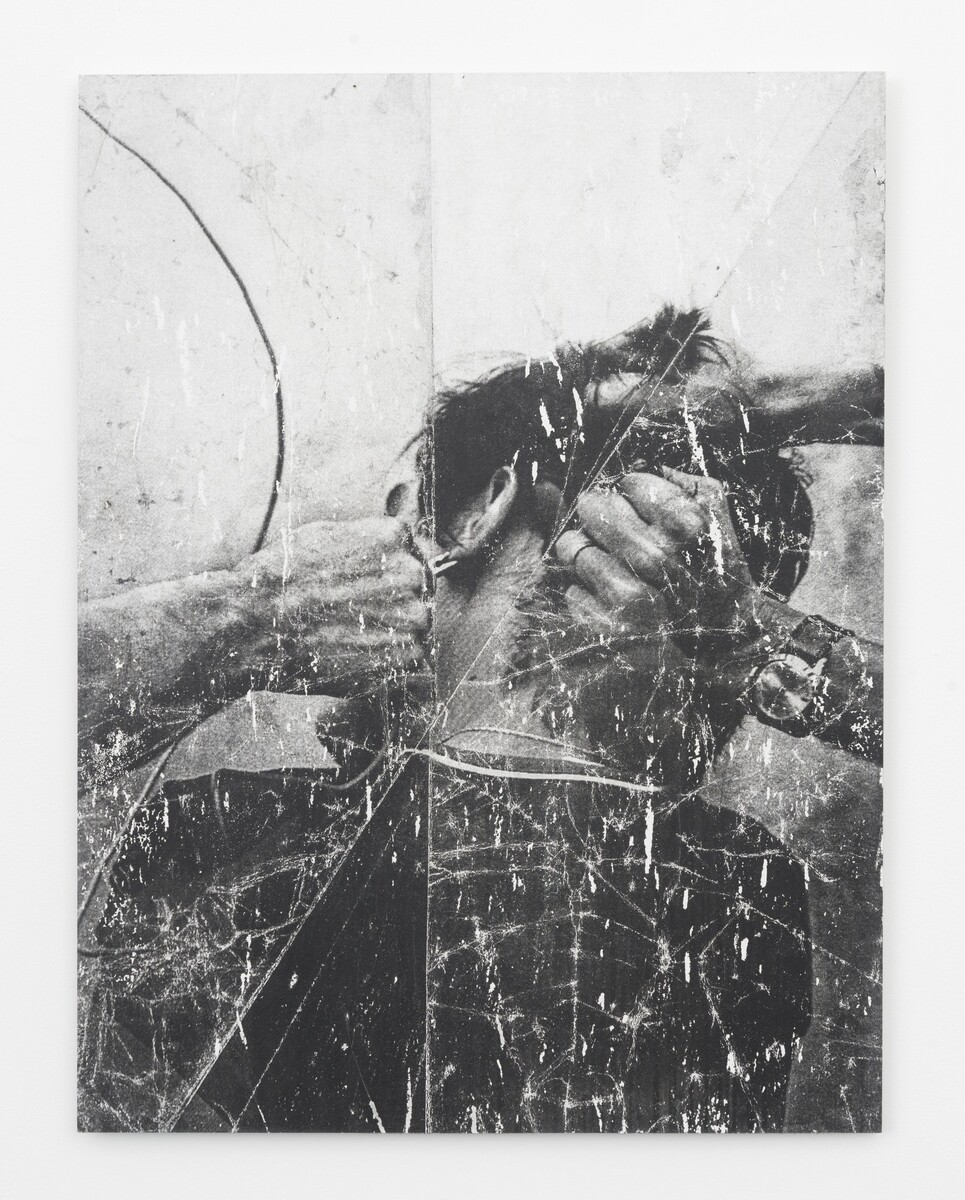
The gallery, as you wander through its selections, appears to transform, bouncing from one medium to the next with efficient ease. This is no coincidence: Mendez aimed to explore themes of one’s own transformation in the series. As an artist, Mendez has changed so much during the span of his impressive career, and these canvases prove it. Stunning splashes of blue and yellow on “by which to be embodied” starkly contrast the black and white solemnity of “a place of encounter and connivance.” What it shows, more than anything, is Mendez’s uncanny ability to speak different artistic voices, ones that were honed and crafted over time. Pieces like this truly speak to the artist’s ability to mold himself to their surroundings and engulf themselves within a transcendent state of mind.
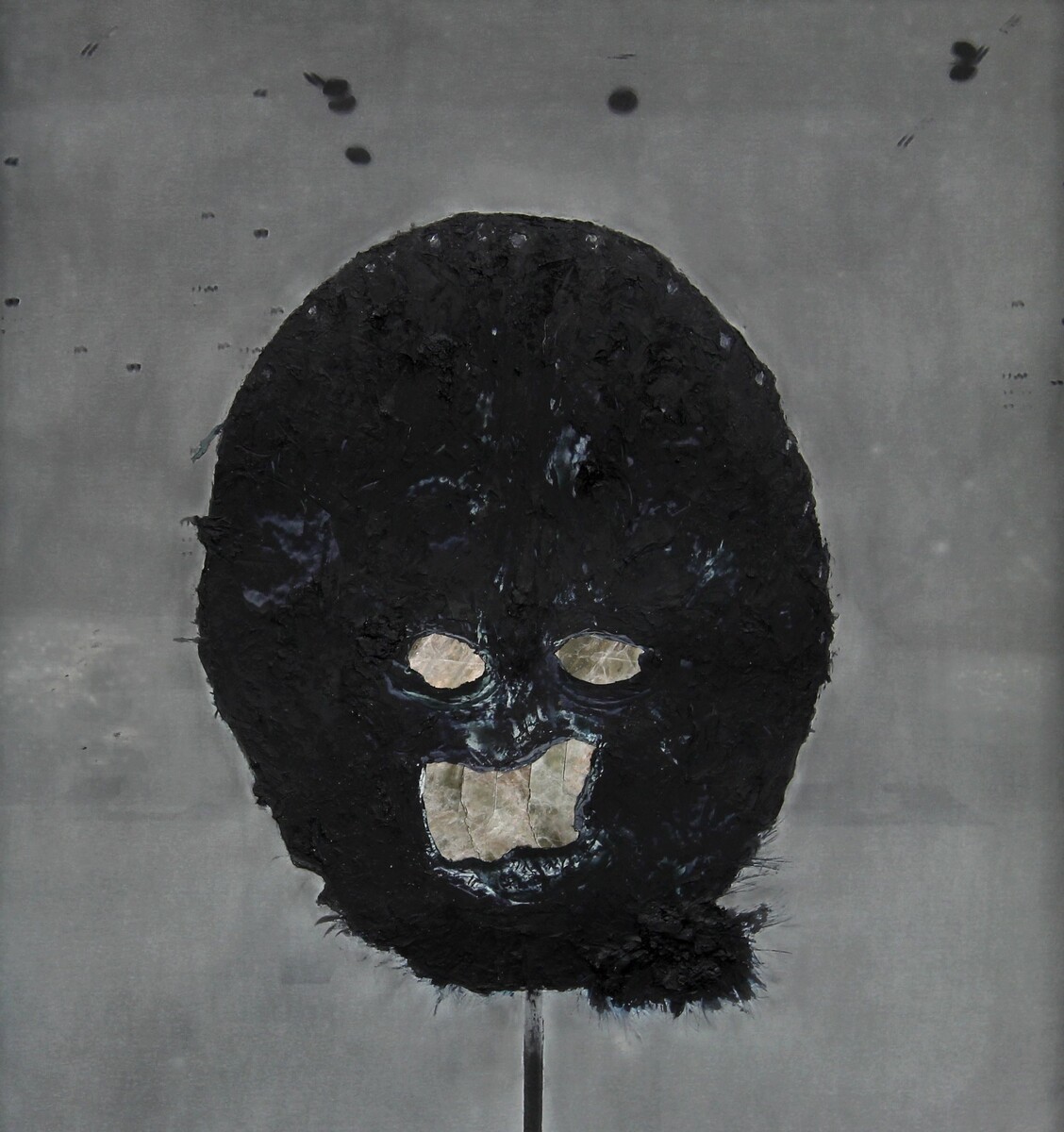
one way to transform and two and three is profoundly interesting in the way Mendez seems to circumnavigate the journey of the artist. Should you be hip and now and do something completely different? Should you embrace tradition and honor your forefathers? Harold Mendez seems to do both, and by doing so he creates one of the most stunning displays of talent the country has to offer. He dips his toes in different schools of thought and takes us down an artistic road we never could have imagined traveling.

